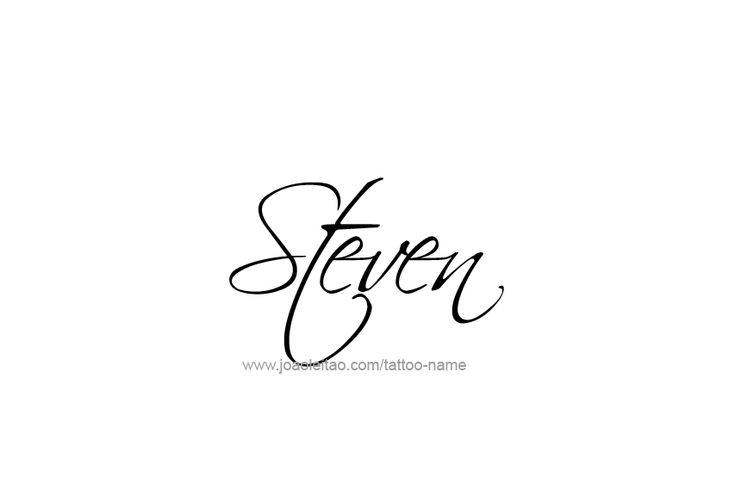Army Customs and Courtesies Guide

Introduction to Army Customs and Courtesies

The Army is built on a foundation of discipline, respect, and tradition. Customs and courtesies are an integral part of Army culture, and understanding them is essential for every soldier. Customs refer to the established practices and protocols that are unique to the Army, while courtesies refer to the polite and respectful behavior that soldiers exhibit towards each other and towards civilians. In this guide, we will explore the various customs and courtesies that are observed in the Army, and provide guidance on how to apply them in different situations.
Saluting and Addressing Officers

One of the most fundamental customs in the Army is the salute. A salute is a gesture of respect and courtesy, and it is used to acknowledge the presence of a superior officer. When saluting, soldiers should stand at attention, with their right hand raised to their forehead and their eyes focused on the officer. The salute should be sharp and crisp, with the arm raised to a 45-degree angle. When addressing an officer, soldiers should use their title and last name, followed by “sir” or “ma’am”. For example, “Good morning, Captain Smith, sir”.
Rank and Insignia

Understanding rank and insignia is crucial for navigating Army customs and courtesies. The Army uses a system of ranks to denote a soldier’s level of authority and responsibility. Enlisted ranks range from Private (PVT) to Sergeant Major (SGM), while officer ranks range from Second Lieutenant (2LT) to General (GEN). Each rank has its own unique insignia, which is worn on the uniform to indicate the soldier’s rank. Soldiers should be familiar with the different ranks and insignia, and should use them correctly when addressing or referring to other soldiers.
Parades and Ceremonies

Parades and ceremonies are an important part of Army customs and courtesies. These events are used to celebrate significant occasions, such as holidays, unit activations, and changes of command. During parades and ceremonies, soldiers should be dressed in their finest uniforms, and should conduct themselves with precision and discipline. The colors (the American flag and the unit flag) should be presented and retired with ceremony, and soldiers should render the appropriate honors (such as salutes and applause) to the colors and to dignitaries.
Table Manners and Dining Etiquette

Table manners and dining etiquette are also important aspects of Army customs and courtesies. When dining in a formal setting, soldiers should use their best manners, and should follow established protocols for table settings, seating, and conversation. The head table (where the senior officers and dignitaries sit) should be treated with respect, and soldiers should avoid drawing attention to themselves or engaging in loud or boisterous behavior.
Correspondence and Communication

Correspondence and communication are critical components of Army customs and courtesies. When writing letters or emails, soldiers should use proper grammar, spelling, and punctuation, and should address their correspondents with respect and courtesy. Official correspondence (such as memos and reports) should be written in a formal tone, while personal correspondence (such as letters to friends and family) can be more informal. When communicating with others, soldiers should be clear, concise, and respectful, and should avoid using jargon or slang.
| Custom/Courtesy | Description |
|---|---|
| Saluting | A gesture of respect and courtesy, used to acknowledge the presence of a superior officer. |
| Addressing Officers | Using a title and last name, followed by "sir" or "ma'am", to address a superior officer. |
| Rank and Insignia | Understanding the different ranks and insignia, and using them correctly when addressing or referring to other soldiers. |

📝 Note: Army customs and courtesies are not limited to the examples listed above. Soldiers should always be mindful of their behavior and conduct, and should strive to demonstrate respect, discipline, and courtesy in all aspects of their lives.
In terms of key takeaways, soldiers should remember to: * Always render the proper honors (such as salutes and applause) to the colors and to dignitaries. * Use proper grammar, spelling, and punctuation when writing correspondence. * Address superior officers with respect and courtesy, using their title and last name. * Understand the different ranks and insignia, and use them correctly when addressing or referring to other soldiers. * Conduct themselves with precision and discipline during parades and ceremonies.
In the final analysis, Army customs and courtesies are essential components of military life. By understanding and observing these customs and courtesies, soldiers can demonstrate their respect for the Army, their fellow soldiers, and the nation they serve. Whether in formal or informal settings, soldiers should always strive to conduct themselves with dignity, respect, and courtesy, and to uphold the highest standards of military tradition and discipline.
What is the proper way to salute an officer?

+
The proper way to salute an officer is to stand at attention, with your right hand raised to your forehead and your eyes focused on the officer. The salute should be sharp and crisp, with the arm raised to a 45-degree angle.
How do I address a superior officer?

+
You should address a superior officer using their title and last name, followed by “sir” or “ma’am”. For example, “Good morning, Captain Smith, sir”.
What is the significance of rank and insignia in the Army?

+
Rank and insignia are used to denote a soldier’s level of authority and responsibility. Each rank has its own unique insignia, which is worn on the uniform to indicate the soldier’s rank.



